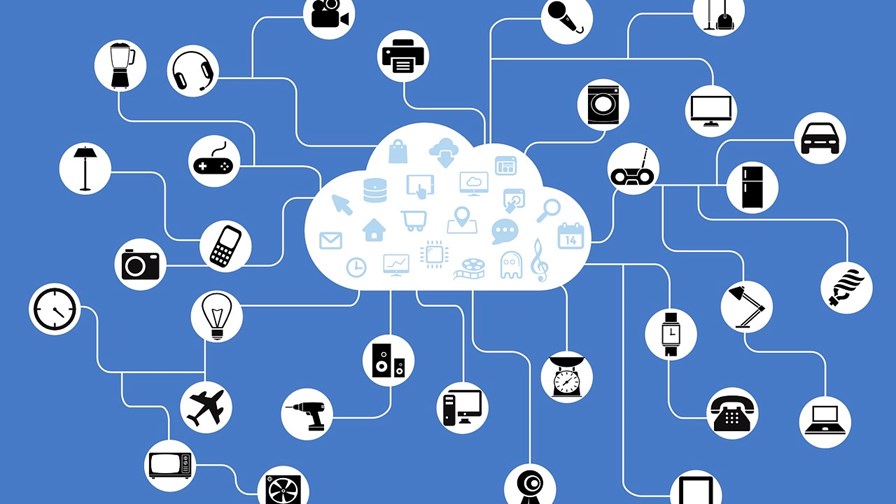
- The low-power IoT roaming market is set for massive growth in the next five years
- Juniper Research expects connections to grow by more than 500% by 2028
- This bullish forecast means significant revenue opportunities for telcos
- However, the research house suggests that operators are underprepared to get their hands on the fortune
Significant revenue opportunities lie ahead as the global low-power internet of things (IoT) roaming market matures, according to the findings of a new report from Juniper Research. However, the analysis house has cautioned that operators are not prepared enough to reap the benefits.
By 2028, the number of global low-power IoT roaming connections is expected to surpass 490 million, almost five times the expected 2023 total of about 90 million.
Low-power networks include NB-IoT (narrowband-IoT) and LTE-M (long-term evolution for machines). They are used to connect devices and sensors over cellular networks to remotely monitor environments in industries, such as smart cities, agriculture and manufacturing.
In its study, Juniper Research explained that the significant rise in this sector over the next five years will be powered by increased bilateral roaming agreements that cater specifically to these low-power devices.
So far – so good, but the analyst house considers operators to be “underprepared to capitalise on this market shift and the significant roaming revenue arising”. The reasons? A key challenge is the telcos’ “inefficiency” in detecting low-power devices roaming on their networks, which translates to lost potential revenue.
“Due to their low data usage and intermittent connectivity, these devices require constant network monitoring to fully maximise roaming revenue. Therefore, the report recommends that operators partner with vendors who can provide AI-based roaming detection services,” the research firm noted.
AI-driven services will be able to automate a continuous assessment of all roaming connections on their network, therefore, identifying low-power devices that roam onto networks. “Operators must fully leverage the insights gained from AI‑based detection tools to introduce premium billing of roaming connections to further maximise roaming revenue. This must be done by implementing roaming agreements that price roaming connectivity on network resources used and time connected to the network,” explained research author Alex Webb.
Taking into account the significant (but unspecified) revenue opportunities coming with the increased use of low-power devices, it is unsurprising that many telcos are now turning to satellite providers for expansion of their NB-IoT reach. Recent developments include a partnership by Telefónica Germany and low-earth orbit (LEO) satellite player OQ Technology and a tie-up between Transatel, NTT’s subsidiary that specialises in providing global IoT connectivity, and satellite operators Stellar, Skylo and Sateliot.
Beyond low-power IoT devices, the total operator IoT roaming revenue is expected to grow from $690m in 2023 to $1.5bn in 2028, up 117% over the forecast period. The current leader in this space, according to a previous report by Juniper Research, is Vodafone (although Telefónica is breathing down its neck) – see Telefónica challenges Vodafone for IoT roaming crown.
- Yanitsa Boyadzhieva, Deputy Editor, TelecomTV
Email Newsletters
Sign up to receive TelecomTV's top news and videos, plus exclusive subscriber-only content direct to your inbox.




